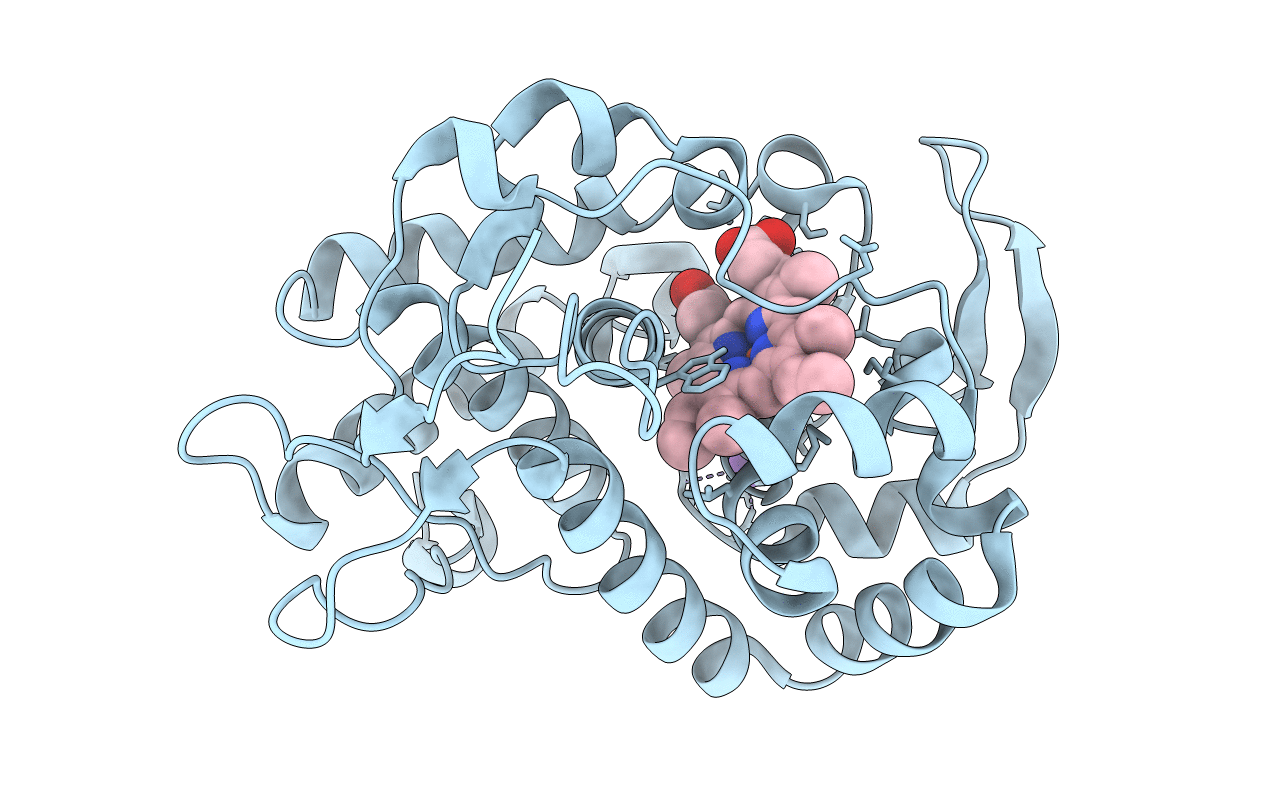
Deposition Date
2001-06-14
Release Date
2001-06-27
Last Version Date
2024-04-03
Entry Detail
PDB ID:
1JDR
Keywords:
Title:
Crystal Structure of a Proximal Domain Potassium Binding Variant of Cytochrome c Peroxidase
Biological Source:
Source Organism:
Saccharomyces cerevisiae (Taxon ID: 4932)
Host Organism:
Method Details:
Experimental Method:
Resolution:
1.50 Å
R-Value Free:
0.23
R-Value Work:
0.19
Space Group:
P 21 21 21


